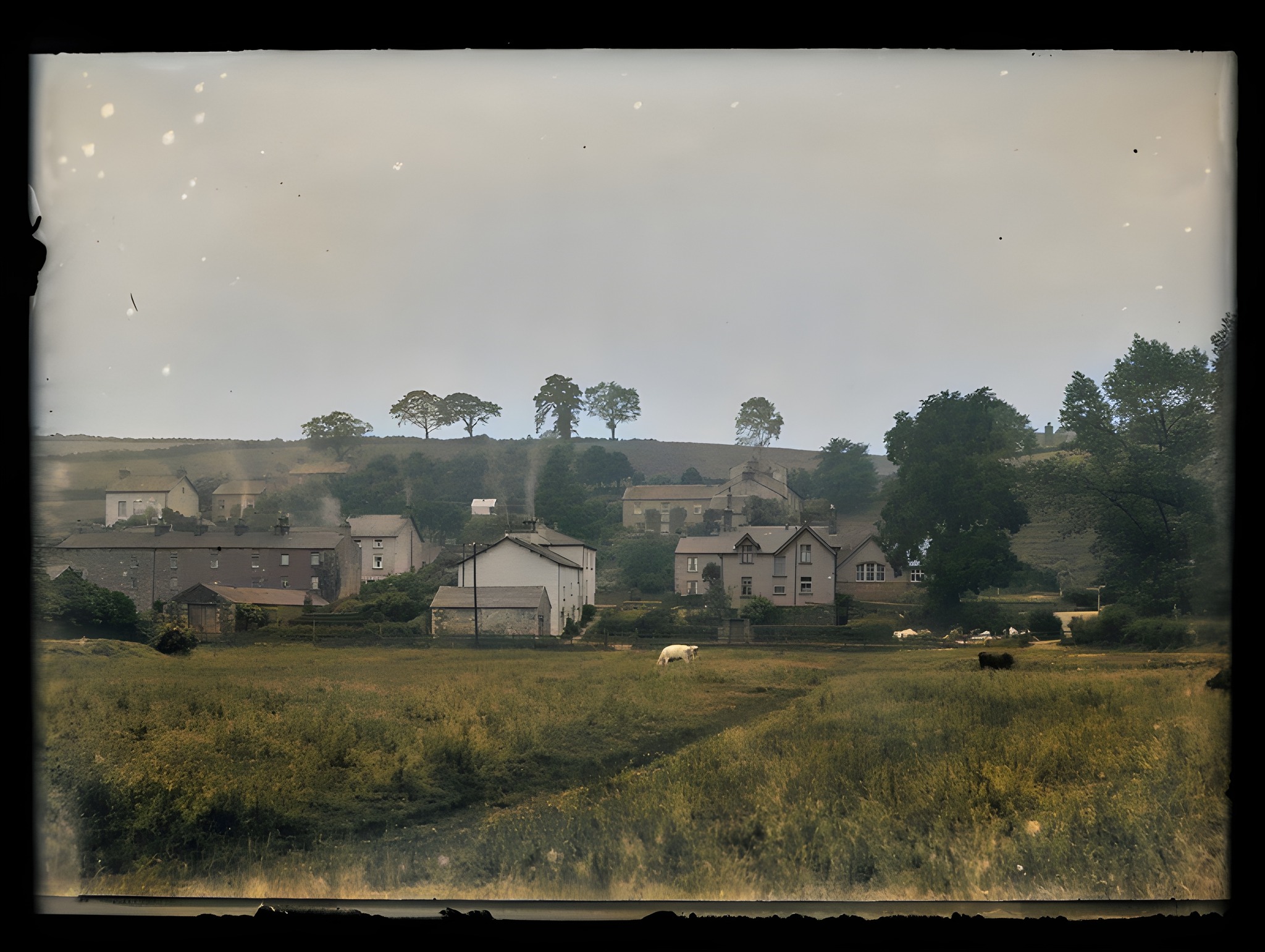 >
>
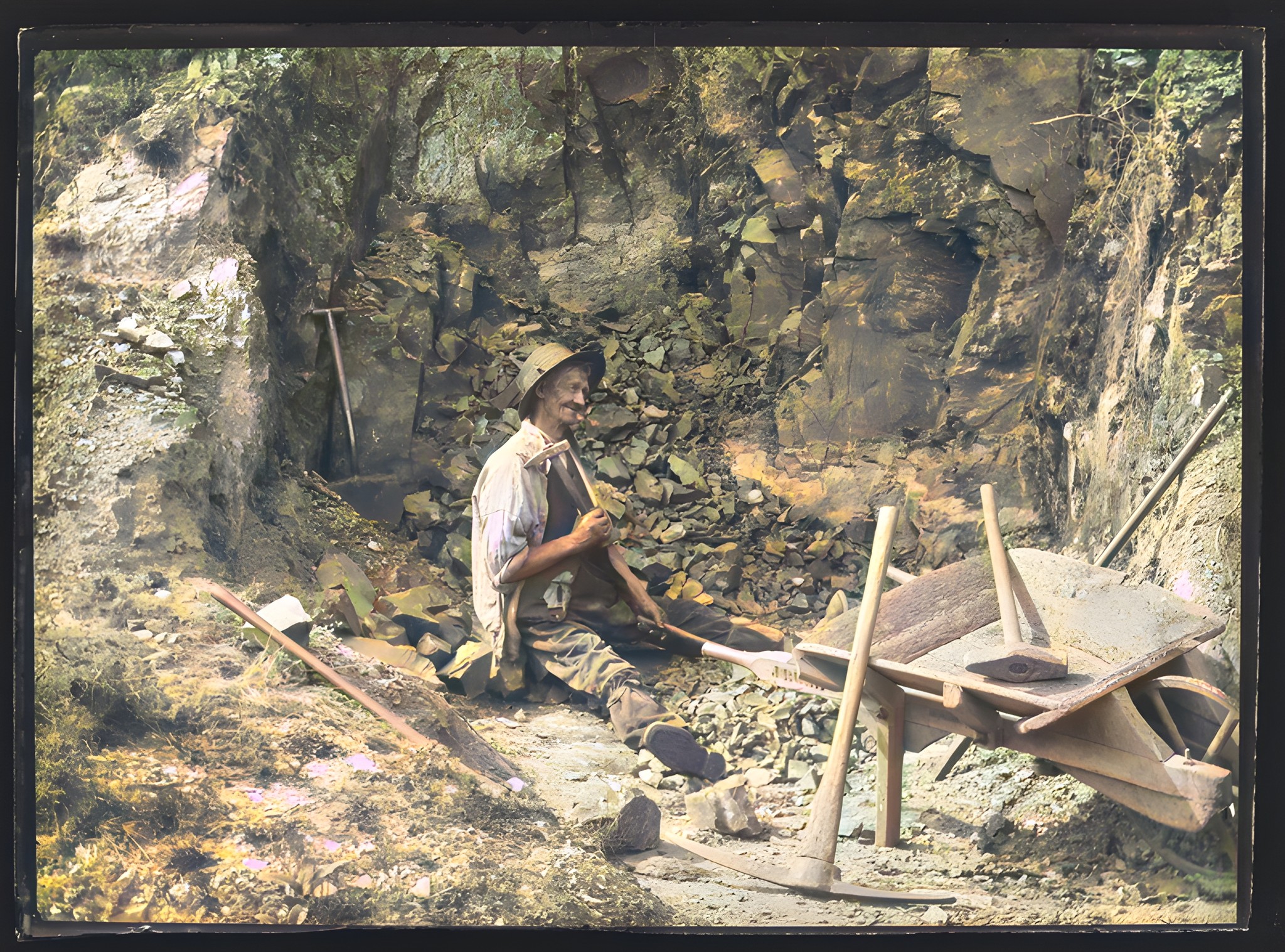 >
>
 >
>
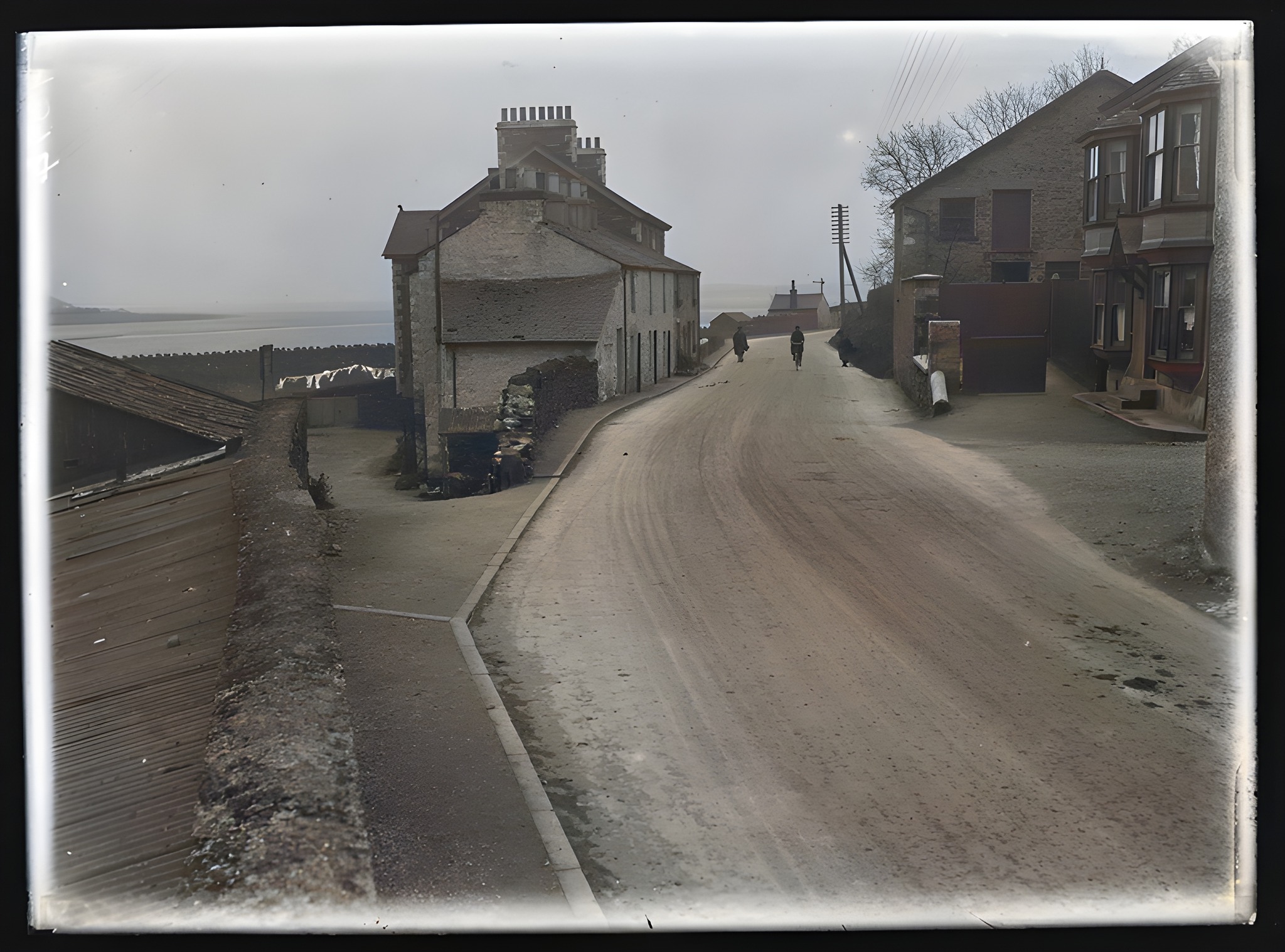 >
>
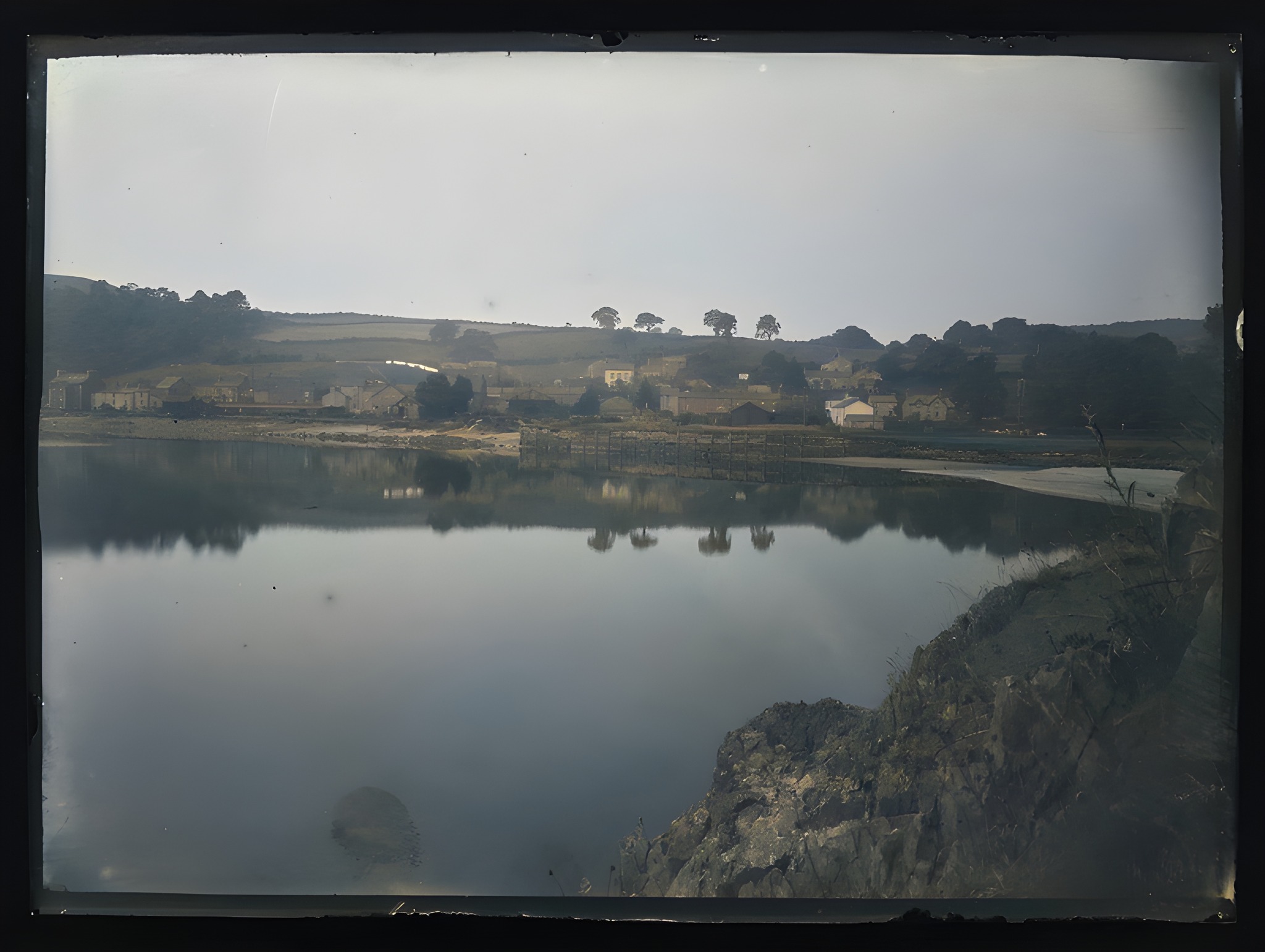 >
>
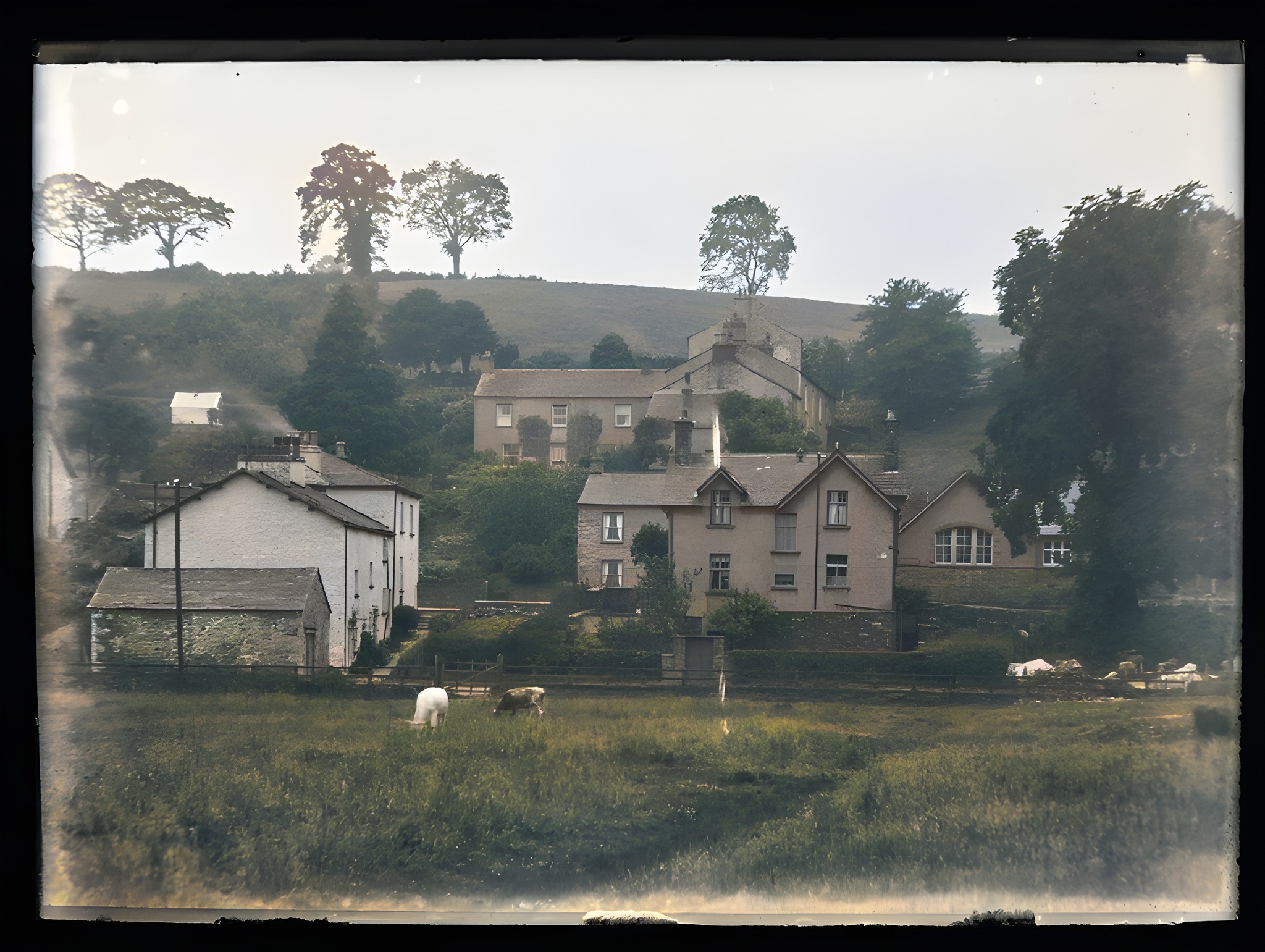 >
>
Part 1: Greenodd: From Viking Haven to Pirate Paradise. Imagine a time when mists, cold and dense, swirled like phantoms across the Leven Estuary, their tendrils clinging to the emerald slopes of a promontory known as 'Greenodd'. This evocative name, with its roots in the Old Norse language, speaks of a land shaped by Norse influence, though the precise origins of the name remain shrouded in the mists of time. Perhaps the cry of gulls overhead was the only sound that pierced the silence of this verdant haven, nestled on the Furness peninsula in what was historically Lancashire, long before it became a bustling hub of maritime trade and adventure. By the late 18th and early 19th centuries, Greenodd had transformed. Gone was the quiet solitude, replaced by the cacophony of a thriving port, a vital cog in the trading network of the region. As a creek-port of Lancaster, its wharves bustled with activity. Imagine the creak and groan of timber as ships, some weighing up to 200 tons, were pulled alongside the quays. The air, thick with the scent of tar and brine, mingled with the sweet aroma of sugarcane arriving from distant shores, and bales of raw cotton, soft as a summer cloud, were piled high on the wharves, their rough fibers scratching against the hands of those who unloaded them. Coal dust, gritty and black, filled the air, coating the lungs and leaving a bitter taste in the mouths of those who worked nearby. But Greenodd wasn't just a receiver of riches; it was a generous giver too. The rhythmic clang of pickaxes against rock echoed through the valleys, a metallic counterpoint to the cries of the gulls, as miners toiled in the cold, damp depths of the earth, extracting veins of copper ore that shimmered like captured sunlight, destined for the fiery furnaces of Coniston and beyond. Strong, white limestone, quarried just outside the village, stood in stark contrast to the green bounty, its rough-hewn blocks, cold and sharp to the touch, loaded onto ships, ready to form the foundations of distant cities. Even gunpowder, a dangerous but essential commodity, was shipped from the nearby settlement of Backbarrow, its acrid smell adding a pungent note to the harbour's symphony of scents. The village itself thrummed with the energy of a hive. The rhythmic clang of hammers shaping glowing iron into anchors and chains, the screech of saws biting into green timber for sturdy hulls, the creak of ropes and pulleys hoisting heavy sails, and the shouts of sailors in languages from across the globe – a babel of voices echoing across the water. Skilled shipwrights, their hands roughened and calloused by years of labour, constructed a variety of vessels, from sturdy sloops with their salt-encrusted decks to elegant schooners with their varnished masts gleaming in the sun, and barges laden with cargo, each one ready to face the crashing waves and icy winds of the open sea. #Greenodd #VikingHistory #PirateParadise #CumbrianTreasures A huge thank you to Cumbria Archives for providing the captivating photos used in this blog post and for their dedication to preserving Cumbria's heritage. With their kind permission, these images help bring the story of Greenodd to life. Image courtesy of Cumbria Archives #CumbriaArchivesPhotos #cumbriahistory